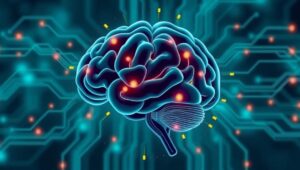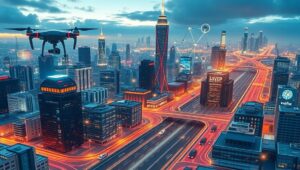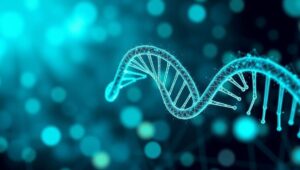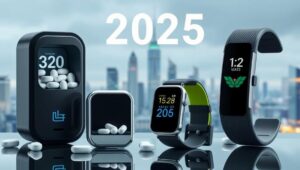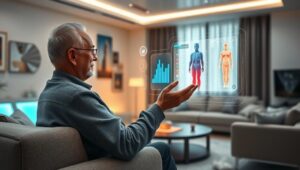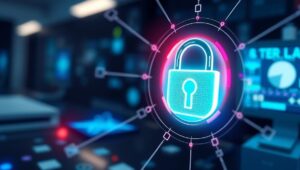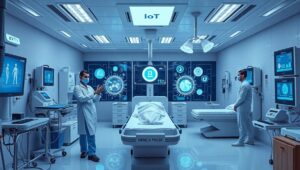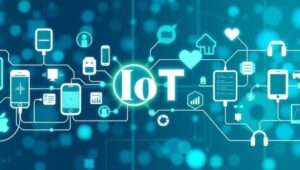May 26, 2025
Brain-Computer Interfaces and AI: Merging Minds? (2030+)
Brain-Computer Interfaces and AI: Merging Minds? (2030+) Brain-Computer Interfaces (BCIs) represent a groundbreaking frontier in technology, poised to revolutionize how we interact with machines and, potentially, augment human capabilities. As we look towards 2030 and beyond, the convergence of BCIs and Artificial Intelligence (AI) promises profound advancements, raising both excitement and ethical considerations. What are Brain-Computer Interfaces? At their core, BCIs are systems that establish a direct communication pathway between the brain and an external device. These interfaces can be invasive, requiring surgical implantation of electrodes, or non-invasive, using sensors placed on the scalp. The primary goal is to translate
